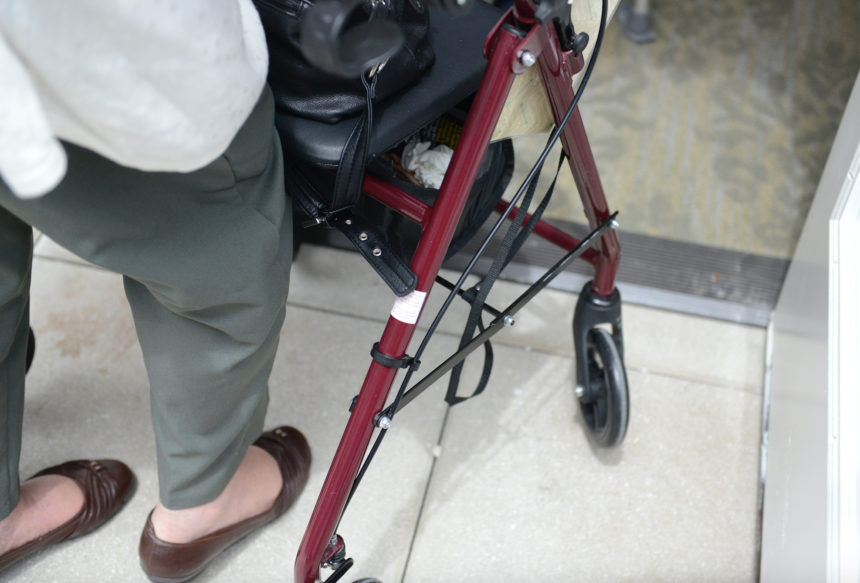
Approximately 42% (41.7%) of noninstitutionalized U.S. adults aged 65 or more years have a disability, according to newly released data from the Centers for Disease Control and Prevention.
The CDC analysis of 2016 Behavioral Risk Factor Surveillance System data was published in Friday’s Morbidity and Mortality Weekly Report.
Mobility issues, defined as serious difficulty walking or climbing stairs, by far were the most prevalent disability, affecting 26.9% of the 162,724 older adults covered by the data.
The next most prevalent disability was serious difficulty hearing, affecting 14.9% of those 65 or older. Other disabilities studied were related to independent living — difficulty doing errands alone (affecting 9.8% of older adults), cognition — serious difficulty concentrating, remembering or making decisions (9.5%), vision — serious difficulty seeing (6.6%) and self-care — difficulty dressing or bathing (5.5%).
Overall, women were more likely to have a disability than were men. The only disability that was more prevalent in men than in women was related to hearing.
American Indian / Alaska Native people were more likely to have a disability than were people of any other race or ethnicity. All disability types were most common in American Indian / Alaska Native people than in people of any other race or ethnicity except for vision and independent living issues, which were most common in Hispanic people.
All disability types were most prevalent in states that are part of the U.S. Census Bureau’s South Region: Alabama, Arkansas, Delaware, Florida, Georgia, Kentucky, Louisiana, Maryland, Mississippi, North Carolina, Oklahoma, South Carolina, Tennessee, Texas, Virginia, West Virginia and Washington, D.C.



